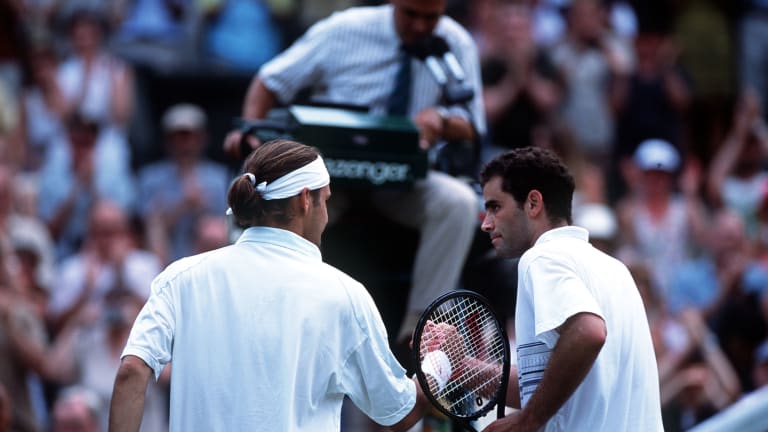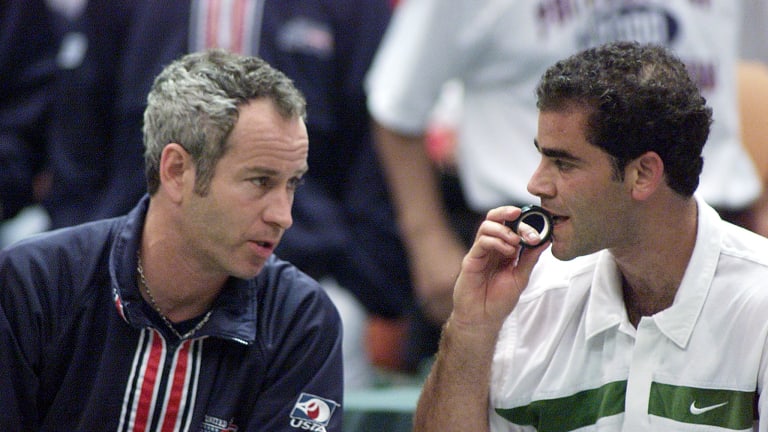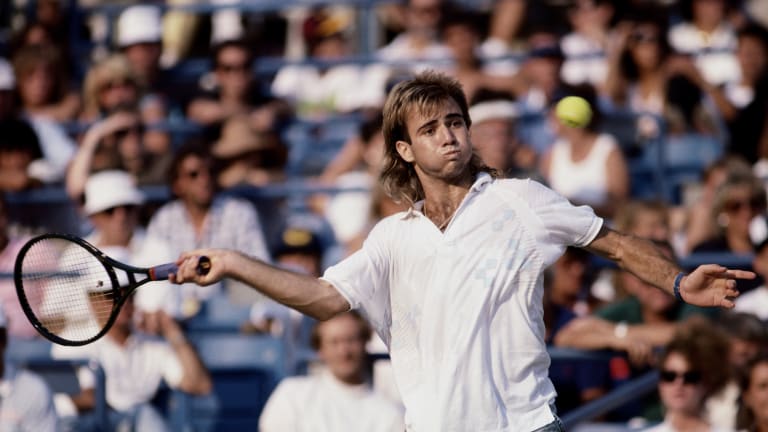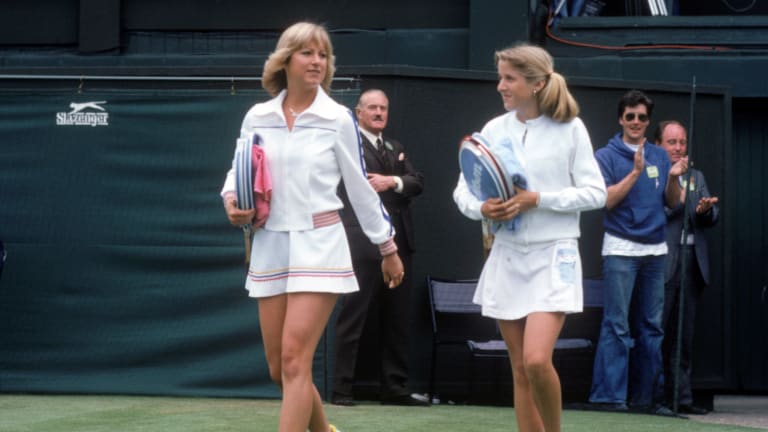From McEnroe-Sampras to Nadal-Alcaraz: A gallery of tennis’ cross-generational rivalries
By May 06, 2022After final-round heartbreak, Casper Ruud takes his biggest step forward yet in Madrid
By May 04, 2025Casper Ruud captures first Masters 1000 title of career in Madrid
By May 04, 2025Aryna Sabalenka's Madrid win makes a bigger title in Paris look more possible than ever
By May 03, 2025Aryna Sabalenka claims third Madrid title by leveling head-to-head with Coco Gauff
By May 03, 2025Jack Draper vs. Casper Ruud: Where to Watch, Madrid Preview, Betting Odds
By May 03, 2025Jack Draper closes out Lorenzo Musetti in another dazzling display to reach Madrid final
By May 02, 2025Casper Ruud reaches final in Madrid, now a win away from biggest title of career
By May 02, 2025Aryna Sabalenka vs. Coco Gauff: Where to Watch, Madrid Preview, Betting Odds
By May 02, 2025Jack Draper vs. Lorenzo Musetti: Where to Watch, Madrid Preview, Betting Odds
By May 01, 2025From McEnroe-Sampras to Nadal-Alcaraz: A gallery of tennis’ cross-generational rivalries
Look back at five of tennis’ signature cross-generational rivalries, each in their own way showcasing legends in both battle and transition.
Published May 06, 2022
Advertising
Advertising

Federer served and volleyed 109 times during his 7-6 (7), 5-7, 6-4, 6-7 (2), 7-5 win over Sampras.
© Getty Images
Advertising

1999 was a fitting transitional year for Graf and Williams, two of the greatest players ever, to play two scintillating matches.
© AFP via Getty Images
Advertising

McEnroe was 31 years old when he faced a 19-year-old Sampras at the US Open.
© AFP via Getty Images
Advertising

“His will to fight surprised me,” Agassi said of Connors. “It was so intense you could feel it.''
© Getty Images
Advertising

Up against 14-year-old Austin, Evert felt she was about to compete against a younger version of herself—an awareness that inspired dread.
© Getty Images